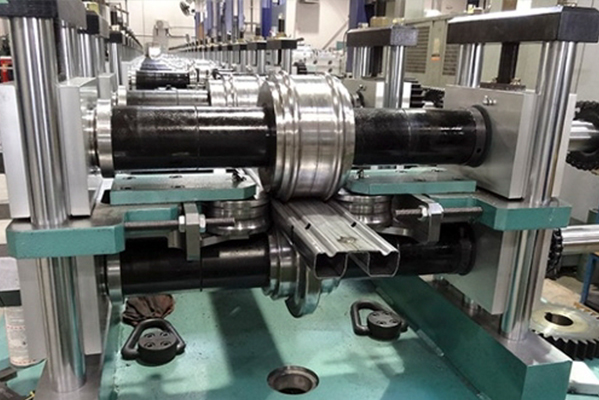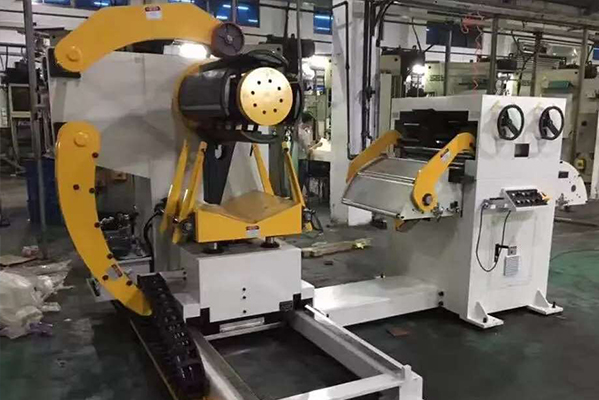Navigation Menu
Contact Us
- Email:
- info@wxavatar.com
- Address:
- Yurong Village, Yuqi Street, Huishan District, Wuxi, China.
Release Date:Feb 24, 2025 Visit:66 Source:Roll Forming Machine Factory
When it comes to moving heavy equipment, rollers are an indispensable tool that can significantly simplify the process. However, the use of rollers to move heavy equipment also comes with inherent risks that must be carefully managed. Among the various safety precautions that should be taken, one stands out as the most critical: ensuring proper load distribution and stability. This article will explore why this precaution is paramount and how it can be effectively implemented to ensure safety when using rollers to move heavy equipment.

The Importance of Load Distribution and Stability
Using rollers to move heavy equipment requires a meticulous approach to load distribution. Improper distribution can lead to instability, causing the equipment to tilt, shift, or even topple over. This not only poses a risk to the equipment itself but also to the personnel involved in the operation. The key to avoiding such incidents lies in understanding the weight and center of gravity of the equipment being moved.
Before placing the heavy equipment on the rollers, it is essential to calculate the weight distribution and ensure that the load is evenly spread across the rollers. This can be achieved by using a sufficient number of rollers and positioning them correctly under the equipment. Additionally, the surface on which the rollers are placed must be level and capable of supporting the combined weight of the equipment and the rollers. Any unevenness in the surface can lead to an imbalance, increasing the risk of accidents.
Implementing Safety Measures
To ensure proper load distribution and stability when using rollers to move heavy equipment, several steps should be followed:
Assessment of Equipment and Environment: Begin by assessing the weight, dimensions, and center of gravity of the equipment. Also, evaluate the environment where the equipment will be moved, including the condition of the floor or ground.
Selection of Appropriate Rollers: Choose rollers that are rated for the weight of the equipment. Using undersized or inadequate rollers can lead to failure under load.
Proper Placement of Rollers: Position the rollers evenly under the equipment, ensuring that they are aligned and spaced correctly to support the load. Avoid placing rollers too close to the edges, as this can cause instability.
Use of Additional Support: In some cases, it may be necessary to use additional support, such as jack stands or blocking, to maintain stability during the move.
Slow and Controlled Movement: Move the equipment slowly and in a controlled manner. Sudden movements or jerks can destabilize the load, leading to accidents.
Regular Monitoring: Continuously monitor the equipment and rollers during the move. If any signs of instability or misalignment are observed, stop the operation immediately and make the necessary adjustments.

Conclusion
In conclusion, when using rollers to move heavy equipment, the most important safety precaution is ensuring proper load distribution and stability. By carefully assessing the equipment, selecting the right rollers, and following a methodical approach to placement and movement, the risks associated with this task can be significantly reduced. Remember, the goal is not just to move the equipment efficiently but to do so safely, protecting both the machinery and the personnel involved. Always prioritize safety when using rollers to move heavy equipment, as it is the foundation of a successful and incident-free operation.